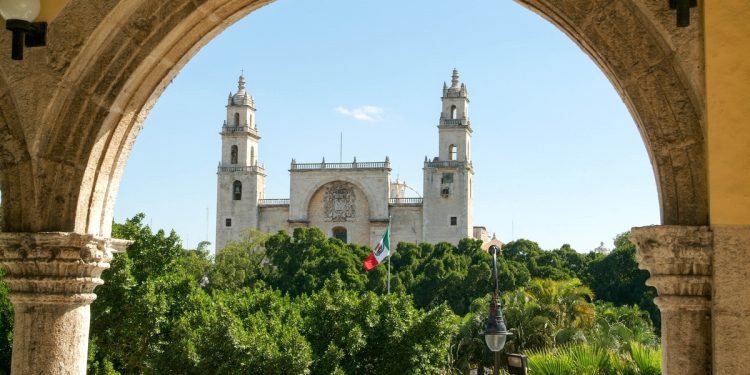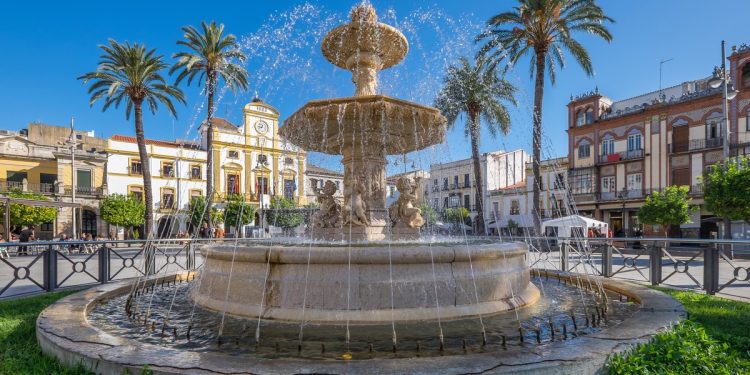Since the turn of the century, a handful of towns and cities across Mexico have been emerging as favored destinations for travelers and foreign residents. While places like San Miguel de Allende and Chapala/Ajijic have become well-established expat enclaves in recent decades, a few places which very few people knew about before the internet age are now gaining prominence. Among these is Mérida—capital city of the state of Yucatán.
A wander through the impressive Gran Museo del Mundo Maya gives you an insight into the rich and varied history of this region and its people. After the Spanish conquest, Yucatán became a focal point for Haciendas – working plantations – and the state’s economic fortunes shifted dramatically in the 19th century when the invention of wheat reapers with twine binders drove demand for strong twine: the region’s henequen crop proved popular among buyers, supplies were reliable, and exports boomed. Political upheaval, and technology in the form of combine harvesters and synthetic fibers which caused demand for henequen twine to collapse, brought the boom – and the Haciendas system itself – to an end. By the close of the 1920s, most of the haciendas were left abandoned or returned to being agricultural centers, and their twine machines lay derelict. Today, some of the old haciendas have been restored and converted into luxury hotels and event venues.
As the first century of new millennium takes hold, Mérida – and the Yucatán region in general – is experiencing something a renaissance. Mérida is attracting significant investment domestically and internationally, and some foreign residents are looking to Mérida as they seek a new lifestyle or retirement options in Mexico.
Being a focal point of Maya culture, Mérida is also flourishing as a tourist destination, helped by its well-organized cultural events and attractions inside the city itself, as well as several important World Heritage sites on its doorstep, including the famed Chichen Itzá, and Uxmal—the anchor site of the Ruta Puuc.
Mérida might be poised to overtake some of the established places where foreign residents live in Mexico were it not for its climate: between late spring and early autumn the heat can be stifling. One resident we know remarked that the climate protects the city from a potentially unsustainable influx of new residents. An attraction of places like San Miguel and Ajijic is their temperate high-altitude climate; coastal locations like Puerto Vallarta have beaches and sea breezes to help cool things down, whereas land-locked Mérida must simply wait for the season to turn: between November and March, the climate is thoroughly pleasant here.
You can learn more about the features, attractions and opportunities in Mérida and Yucatán here on Mexperience.
Mexico in your inbox
Our free newsletter about Mexico brings you a monthly round-up of recently published stories and opportunities, as well as gems from our archives.


